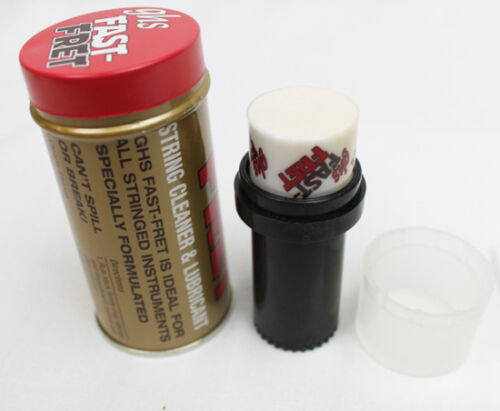-40%
Pirastro Tonica Rosin for Violin And Viola, Rosin
$ 7.82
- Description
- Size Guide
Description
Pirastro Tonica Rosin, Rosindescription
Pirastro Tonica Rosin
for violin, viola
Metallic Orange
medium hardness and adhesion, with low dust development
suitable for plastic strings
optimized for "Tonica" strings
high quality
pure natural product
not aggressive for the bow and strings
optimal usability
About the arc resin
Historical:
Since the emergence of bows for stringed instruments between the 10th and 12. In the 19th century in the Near East, attempts were made to improve the adhesion of the bows to the strings by roughening and notching the initial plucking and rubbing rod and later by rubbing resin into the hair of the bow. The rosin got its name from the place Kolophon, located north of Ephesus in ancient Asia Minor, where bow resin was produced on a larger scale, as it is handed down in old documents.
extraction:
Today, as Allen , the natural resin is obtained by cutting the trunks of pine, fir and spruce trees in spring and harvesting the resin in autumn. From this raw material, a balsam-like mass, turpentine oil is obtained by distillation. The remaining residues - resin, acids and water - are heated in open kettles until the water has evaporated. Impurities settle to the bottom so that the pure resin can be skimmed off.
Since the emergence of bows for stringed instruments between the 10th and 12. In the 19th century in the Near East, attempts were made to improve the adhesion of the bows to the strings by roughening and notching the initial plucking and rubbing rod and later by rubbing resin into the hair of the bow. The rosin got its name from the place Kolophon, located north of Ephesus in ancient Asia Minor, where bow resin was produced on a larger scale, as it is handed down in old documents. Today, as Allen , the natural resin is obtained by cutting the trunks of pine, fir and spruce trees in spring and harvesting the resin in autumn. From this raw material, a balsam-like mass, turpentine oil is obtained by distillation. The remaining residues - resin, acids and water - are heated in open kettles unt








